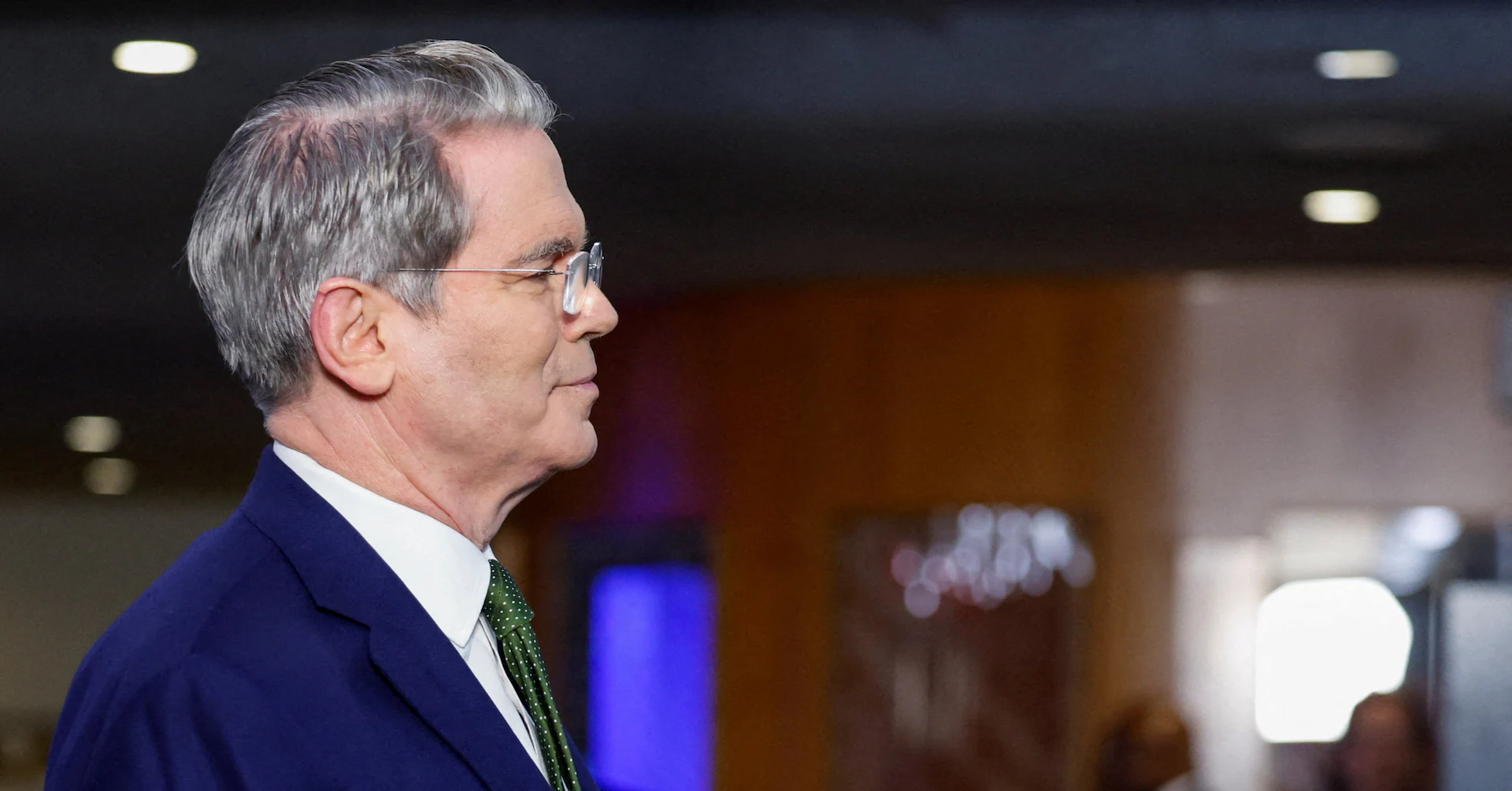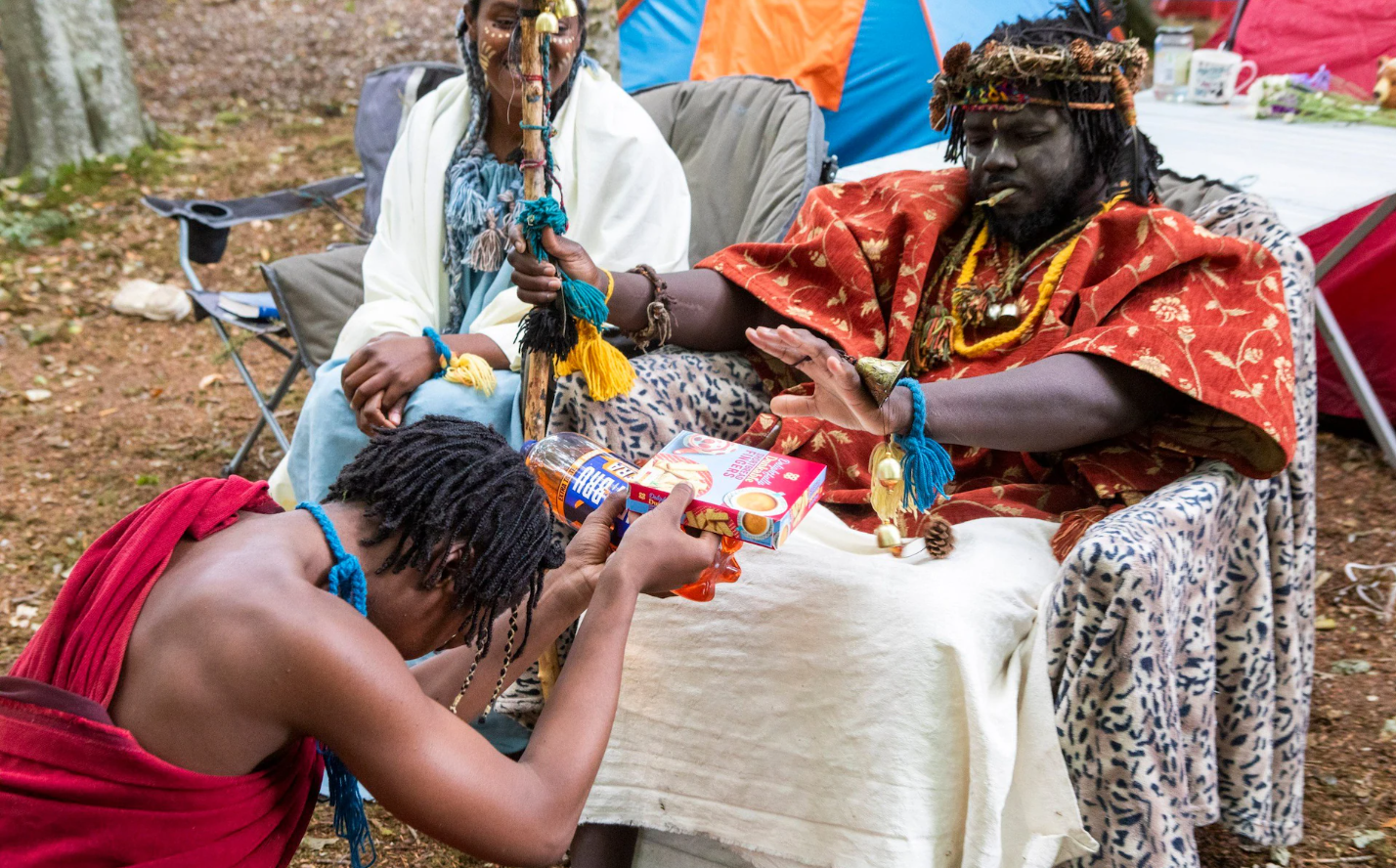By Art Besana
Copyright tribune

Too much has been provided for the rich. Too little has been allocated for people with low incomes. Provide more support to micro, small, and medium enterprises (MSMEs).The Department of Trade and Industry (DTI) has launched the Enterprise Rehabilitation Financing (ERF) program through the Small Business Corporation to support businesses impacted by typhoon “Kristine.”DTI is committed to supporting MSMEs by providing financial relief to exporters and other businesses seeking to rebuild and strengthen their operations following a disaster.With a budget of P2 billion, the ERF program offers substantial benefits to exporters. For the first year, the financial aid includes a zero-interest provision. In the second and third years, the remaining balance will accrue interest at a rate of 1 percent per month. A three-month grace period is also available, allowing borrowers a temporary break from payments.To apply, exporters must submit the necessary documents for new borrowers with loans exceeding P100,000. They must submit either a mayor’s permit or a barangay micro business enterprise (BMBE) certification, a government ID, proof of bank or e-money account, and any applicable corporate documents. Exporters may apply through the online portal at https://brs.3bcorf.ph.The ERF program permits exporters who have experienced setbacks due to typhoon “Kristine“ to access crucial funding, stabilize their operations, and rebuild for long-term success. With this support, Philippine exporters can continue to make significant contributions to the national economy and enhance their resilience amid challenging times.Readers of this column are recommending that proper representation be made with the Office of the President for the reallocation of part of the P255.5-billion flood control budget to the ERF to support the MSMEs program and thereby broaden and strengthen the middle class of the country.MSMEs are the backbone of the country’s economy. The majority of owners, operators, and employees of MSMEs belong to the middle class.The Philippine Institute for Development Studies (PIDS) reports that a monthly income of at least P219,140 is considered affluent for Filipinos. Still, less than one percent of the population earns that amount. This means that only around 117,000 Filipinos out of 118.8 million could be classified as rich as of 11 May 2024.The Philippines has a significant wealth disparity, with a large portion of the population belonging to the low-income class.Too much has been provided for the 117,000 wealthy Filipinos, composed of the feudal rich and members of Congress and their families.But too little is allotted to the 45 million low-income Filipinos, including the 2.16 million overseas Filipino workers.The Philippine middle class is defined by income brackets determined by the PIDS and the Philippine Statistics Authority, which, at its most recent, fall between roughly P24,000 and P145,000 per month. This income enables households to cover their basic needs, such as food, shelter, and transportation, with some funds remaining for discretionary spending. Middle-class households typically exhibit higher educational attainment, formal employment, and asset ownership. However, this status is vulnerable to natural disasters.



